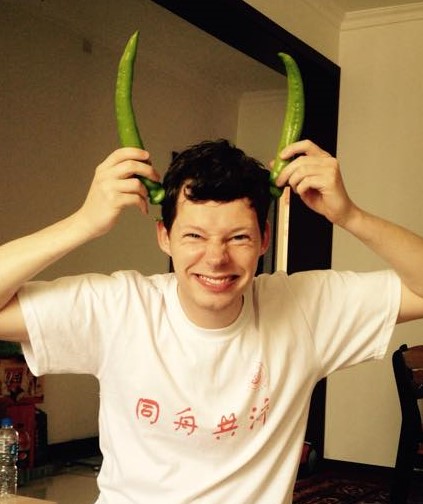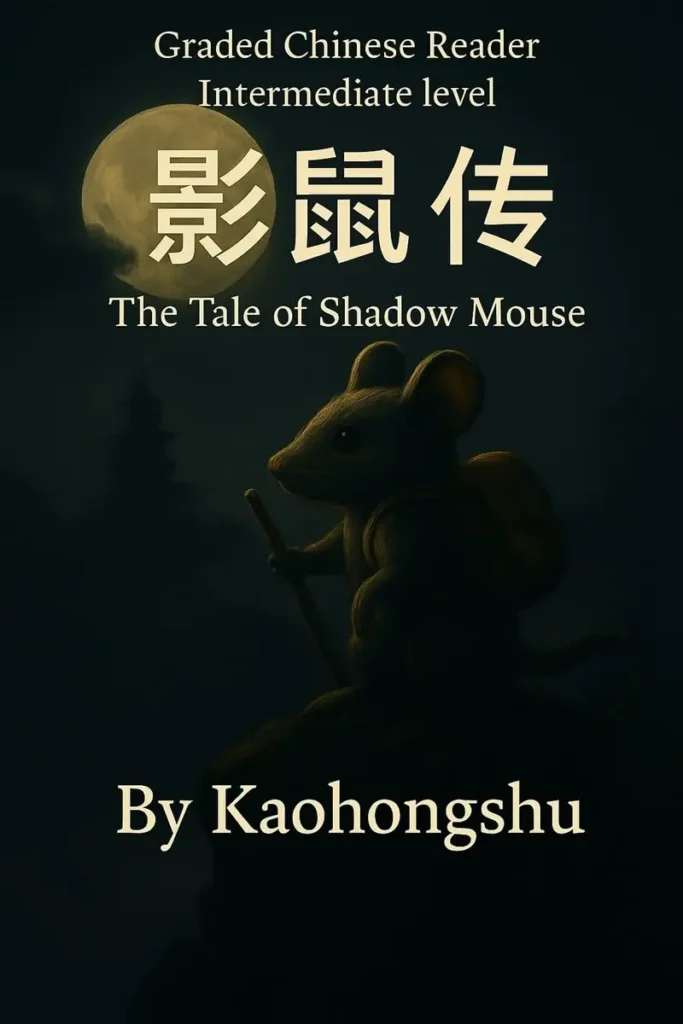“Journey to the West” (西游记) is one of the four great novels of Chinese literature. Over the years, countless TV-adaptations have been produced. Everything from decent to mediocre to barely watchable.
One of the oldest, the 1986 version, was so strong and convincing that it achieved classical status. It seems almost all mainland Chinese people grew up watching this CCTV-production of Journey to the West and it still can be seen on Chinese television today. (It’s one of those series Chinese national television just keeps repeating.)
From today’s perspective, the special effects are obsolete and bizarre. And the story evolves much slower and more long-winded than Netflix addicts are used to nowadays. The striking thing though: China and its film industry have developed so much since then, but they never quite managed to top the 1986-series! In terms of story line, costumes, portrayal of characters, it still is considered the most original and authentic rendition of the story. As a matter of fact, some of the newer adaptations are hardly more than imitations that fail to bring convincing interpretations to the plot and characters.
Key to understanding China
Most people who are serious about learning Chinese, watch or read Journey to the West at some point. There is just no way around it. The legendary journey of the Buddhist monk and his apprentices somehow is fundamental to Chinese culture. The adventures of the Monkey King have left their traces in the Chinese language. Journey to the West is a key to understanding China, although it leaves you with many new questions. About Chinese mythology and religions for example.
Most iconic adaptation of the novel
It’s undisputed that the 1986 Mainland Chinese TV series Journey to the West is one of the most iconic adaptations of the classic 16th-century novel of the same name by Wu Cheng’en. It was produced by China Central Television (CCTV) and directed by Yang Jie. The series is famous for its faithful adaptation, groundbreaking special effects (for its time, please don’t laugh), and memorable performances.
Key details:
- Original air date: 1986 (first 11 episodes), with all 25 episodes from the first season aired in 1988.
- Director: Yang Jie (杨洁)
- Number of episodes: 25
- Genre: fantasy, adventure, mythology
- Language: Mandarin
- Network: CCTV
Plot:
The story follows Tang Sanzang (Tripitaka), a Buddhist monk from the Tang Dynasty, on his journey to India to obtain sacred Buddhist scriptures. Accompanying him are his three disciples:
- Sun Wukong (Monkey King) – The powerful and rebellious monkey with magical abilities.
- Zhu Bajie (Pigsy) – A pig-like creature with a love for food and women.
- Sha Wujing (Sandy) – A quiet and loyal river demon.
They face monsters, demons, and gods, many of whom seek to capture and eat Tang Sanzang, believing his flesh grants immortality (长生不死).
Cast:
- Liu Xiao Ling Tong (六小龄童) (his stage name) as Sun Wukong (Monkey King) – His performance is legendary and widely regarded as the definitive Monkey King portrayal.
- Xu Shaohua (徐少华) / Chi Chongrui (迟重瑞) as Tang Sanzang – Two actors played the monk at different points in the series.
- Ma Dehua (马德华) as Zhu Bajie (Pigsy)
- Yan Huaili (闫怀礼) as Sha Wujing (Sandy)
Why is it so iconic?
- Faithful to the novel – The series closely follows the original text, with many classic lines and poetic verses preserved.
- Cultural influence – The show shaped how generations of Chinese viewers perceive the Journey to the West story.
- Innovative special effects – Though primitive by today’s standards, wirework, stop-motion, and practical effects were groundbreaking in 1986.
- Unforgettable music – The opening theme song “敢问路在何方” (Where is the Road?), sung by Jiang Dawei (蒋大为), became an instant classic.
- Hardship in production – The crew faced budget constraints, extreme weather, and technical challenges, often filming in remote locations across China.
Legacy:
- Still rebroadcast every year in China, making it a cultural staple.
- Inspired many remakes and adaptations, but none have matched its popularity.
- Sun Wukong’s portrayal by Liu Xiao Ling Tong remains the most recognized version in China.
Still the best: 1986 (TV series)

- Year: 1986
- Duration: 25 episodes X 45 min.
- Subtitles: Chinese and English
- Difficulty: Intermediate / upper intermediate
The complete 1986-adaptation you can find on YouTube with English subtitles.
Reading Journey to the West
I wrote about Pleco’s e-book Journey to the West a while back. The online dictionary offers its own graded reader series for the Chinese Classics, suitable for non-native speakers. Pleco’s Journey to the West is an abridged version for intermediate learners which stays true to the original as far as I can tell. Watching the series and reading the story with its additional notes on places, monsters and demons together can be very helpful. If you have the time, that is! The story is meant for HSK 4 or 5 learners.
Other adaptations
Countless other adaptations have been made. I can’t guarantee this list is complete. It doesn’t include cartoons for example. Unfortunately, most of them lack quality. I found only one exception.
1996 (TV series)

1999 (TV series)

2000 (TV series)

2010 (TV series)

2016 (Movie)

2018 (Movie)

2019 (TV series)

2022 (Movie)

This movie “齐天大圣” tells the story of Sun Wukong who escaped from Wuzhishan and brought his oppressed demon brothers back to the Heavenly Palace. It has a horrible score on the Chinese movie database Douban, so it can’t be much good.
Recommended: 1986 (TV series) on YouTube
Did I miss one of your favorite adaptations of Journey to the West or am I being too harsh? Please feel free to leave a comment below.
Affiliate links
Disclosure: These are affiliate links. They help me to support this blog, meaning, at no additional cost to you, I will earn a small commission if you click through and make a purchase.



















Thank you for this! I am just now exploring the story through Arthur Waley’s “Monkey” and the 1986 series. What did you think of A Korean Odyssey, the kdrama version from a few years ago? I thought Lee Seung Gi was a wonderful Great Sage.
Thanks for letting me know about the Korean series! Haven’t watched it, but I’m curious to see their take on it. Waley’s abridged version is still one of the best, I guess.
What do you think of the English subtitle translation of Journey to the West(1986)? too poor, right?
Hard for me to judge, it’s definitely not the most modern translation. Can you give some examples of poor translations?
While no doubt extremely inferior, I became interested in Monkey from the Japanese version that ran from 1978 to 1980. I was in the Navy from 1976 to 1984 and Yokouska Japan was a frequent port. Despite not being able to speak or read the language I very quickly became a fan of Anime and Manga. I still have 50 comics I can’t read. And also I watched many Japanese programs, including Monkey and early Super Sentai! I fell in love with both because they could still be followed. I especially loved Monkey as he not only used martial arts, which I was also into, but he used magic! Well, despite the dated special effects I had to learn more about this guy. And I wish I had seen the 1986 Chinese version as many people have told me it’s even better. I have been searching the internet for years now trying to find Region 1 DVDs of either series.
Thank you for the amazing story! You must be talking about “Saiyūki”: https://en.wikipedia.org/wiki/Monkey_(TV_series) & https://www.youtube.com/watch?v=SQEIVOKUXTw. I wasn’t aware of this Japanese version, thanks! : )